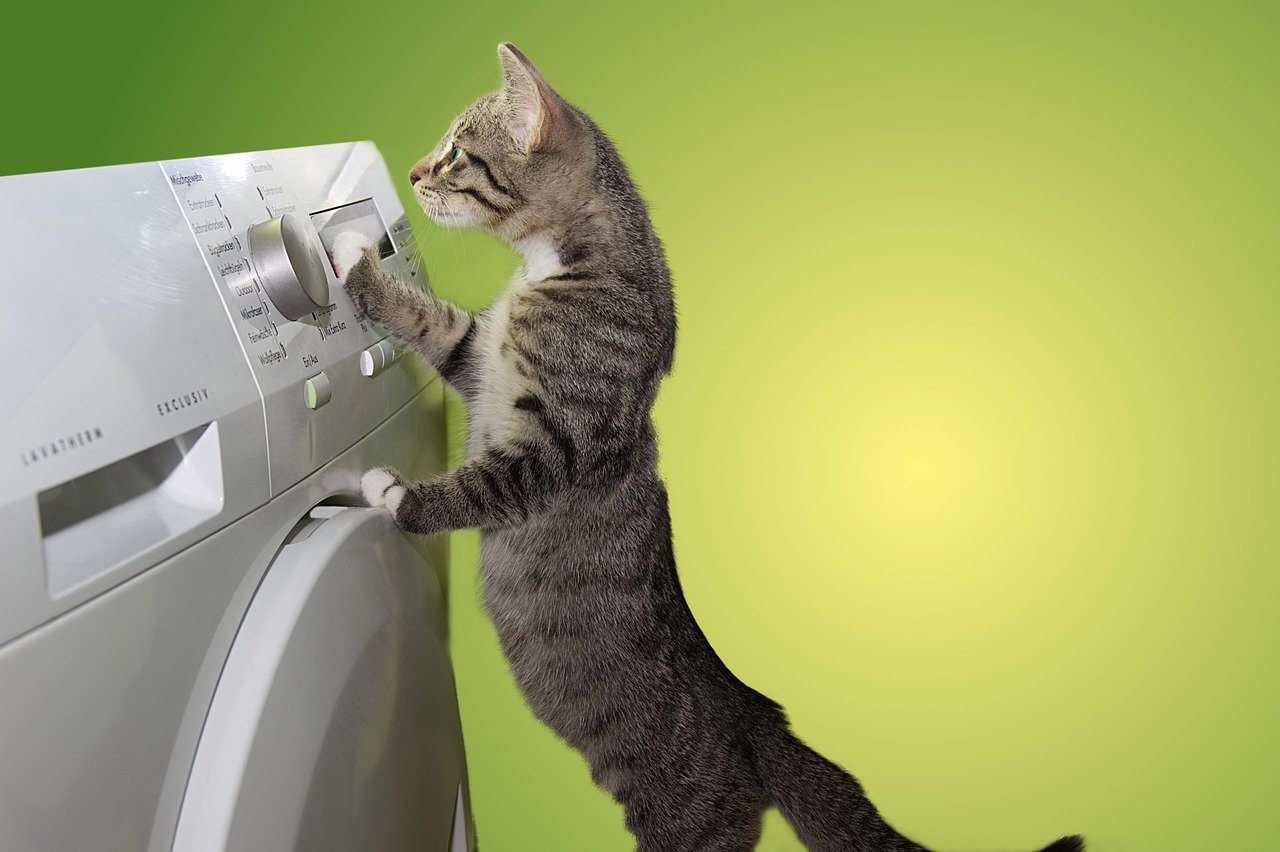While an HVAC ventilation system controls airflow throughout your entire home, there’s another important ventilation system that, although much smaller, is very important for the safety of your home and family.
Cleaning and maintaining your clothes dryer vent improves air flow and efficiency of your dryer, which helps to reduce energy costs.
But did you know that if you don’t clean your dryer vent at least once a year, you’re at risk for a fire?
Read on to find out why you need to clean your dryer vent and simple steps to get the job done.
Look for the Signs
If you didn’t even realize you should be cleaning your dryer vent, you’ll want to follow the steps in this article.
You’ll know for sure it’s time when you notice the following signs:
- The dryer runs for longer periods of time.
- After the dryer is done running, your laundry is still not completely dry.
- The dryer is hot to the touch after the drying cycle is complete.
Before calling for service for the dryer, make sure your dryer vent is clean, not clogged.
While you may clean the lint filter after each load, lint can get past the lint filter and lodge into the dryer vent, which is vented to the outside.
In time, lint buildup causes clogs, which block proper airflow. This is what causes the dryer to overheat and feel hot to the touch.
If the dryer gets hot enough, the heat can ignite the lint and start a fire.
Cleaning the Dryer Vent
You can call for service and have a professional service take care of cleaning the dryer vent. But it’s a fairly simple procedure and you can save money by cleaning it yourself.
You’ll need a special dryer vent brush kit, a screwdriver, UL-listed metal foil duct tape and vacuum with hose attachment.
Here are the steps:
- Unplug the power cord and if you have a gas dryer, turn off the gas.
- Pull the dryer slightly away from the wall to gain access to the dryer vent found in the back of the dryer. If you are worried about disturbing the gas line to the dryer, call for professional help to avoid a gas leak, which would require calling for immediate emergency assistance.
- In order to remove the dryer vent pipe (typically made from foil or flexible aluminum) from the exhaust vent in the back of the dryer, remove any clamps or tape holding the vent pipe in place.
- Once the end of the vent pipe is removed from the dryer vent, remove the other end of the vent pipe from the exterior duct found in the wall. With a screwdriver, remove the duct cover from the exterior duct area to make sure you have enough room to clean the entire dryer vent pipe.
- Use the special lint brush contained in the dryer vent brush kit to clean out the lint from the dryer vent pipe. Clean out the lint by moving the lint brush in a counter-clockwise fashion while pushing the brush down into the vent pipe as far as possible.
- By piecing together multiple segments of the dryer brush, you can extend the length of the brush to reach further down the vent pipe.
- To make this easier to clean up when you’re done, clean the vent pipe from the outside. The loose lint will land on your laundry room floor inside of outside which is easier to simply sweep up.
- Use the hose attachment to vacuum up all the lint removed from the vent pipe including both ends of the vent pipe. Also vacuum up any lint or dust on or around the back of the dryer, walls, lint trap and outdoor vent areas.
- Reconnect all dryer parts and make sure to check for a snug and secure fit with no gaps or leaks, especially to the exterior vent.
- Plug the dryer back in and turn on for a test run.
If you smell gas, turn off and unplug the dryer and call a plumber or the gas company for immediate assistance.
Additional Considerations for a Safe Clothes Dryer Vent
When reconnecting the dryer vent pipe to the outside exhaust area, make sure it is securely reattached to the exterior vent. Secure with metal duct tape to block leaks, gaps or holes to avoid losing air or heat.
Secure connections also prevent bugs or pests from gaining access to the inside of your home.
Conclusion
According to the U.S. Fire Administration, lint-filled clothes dryer pipes are responsible for more than 2,900 home fires per year.
In addition to your clothes dryer vent, all the vents, air returns, ductwork and HVAC system in your home should be clean, inspected and maintained. If your HVAC system and vents haven’t been inspected for some time, now is the time to schedule a service appointment.
In Santa Rosa and surrounding Sonoma County areas, call the professional service technicians at Dale HCS for a thorough inspection and cleaning of your HVAC ventilation system.

